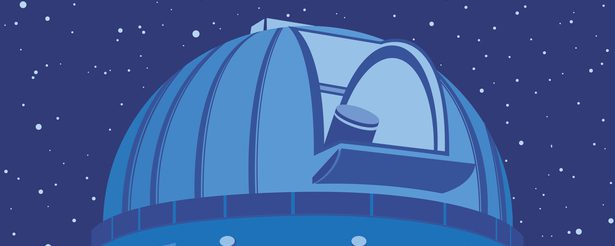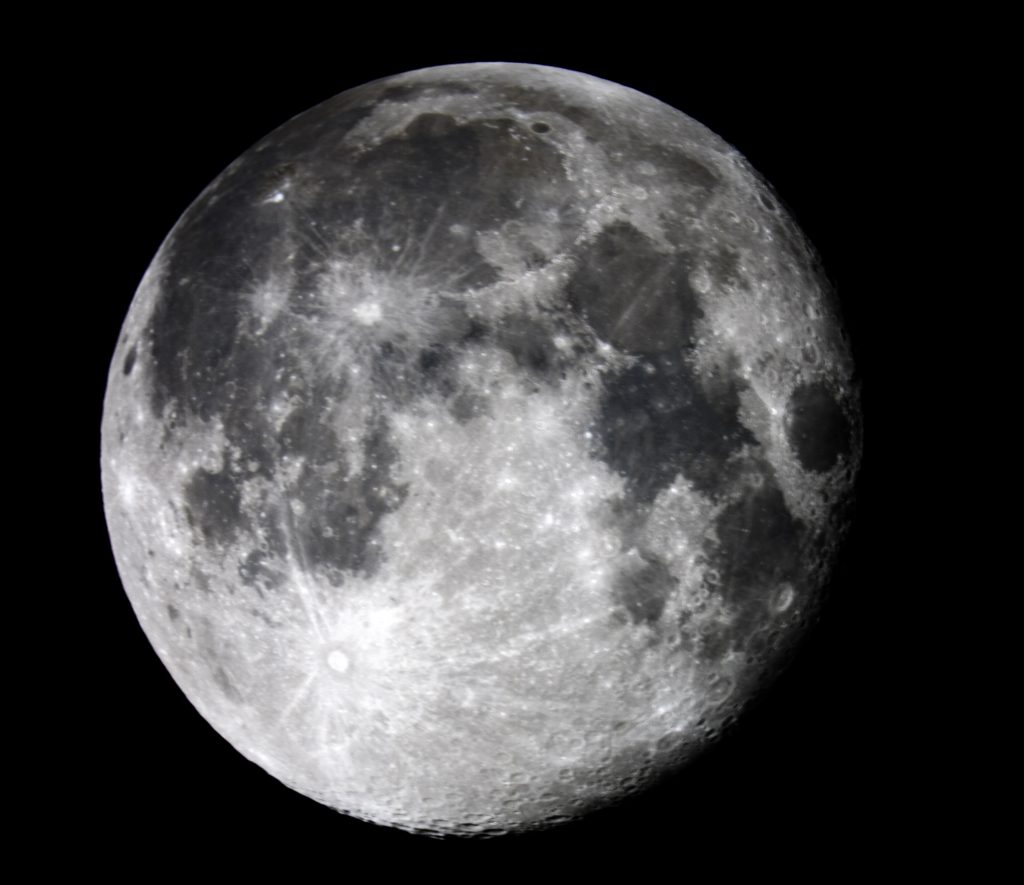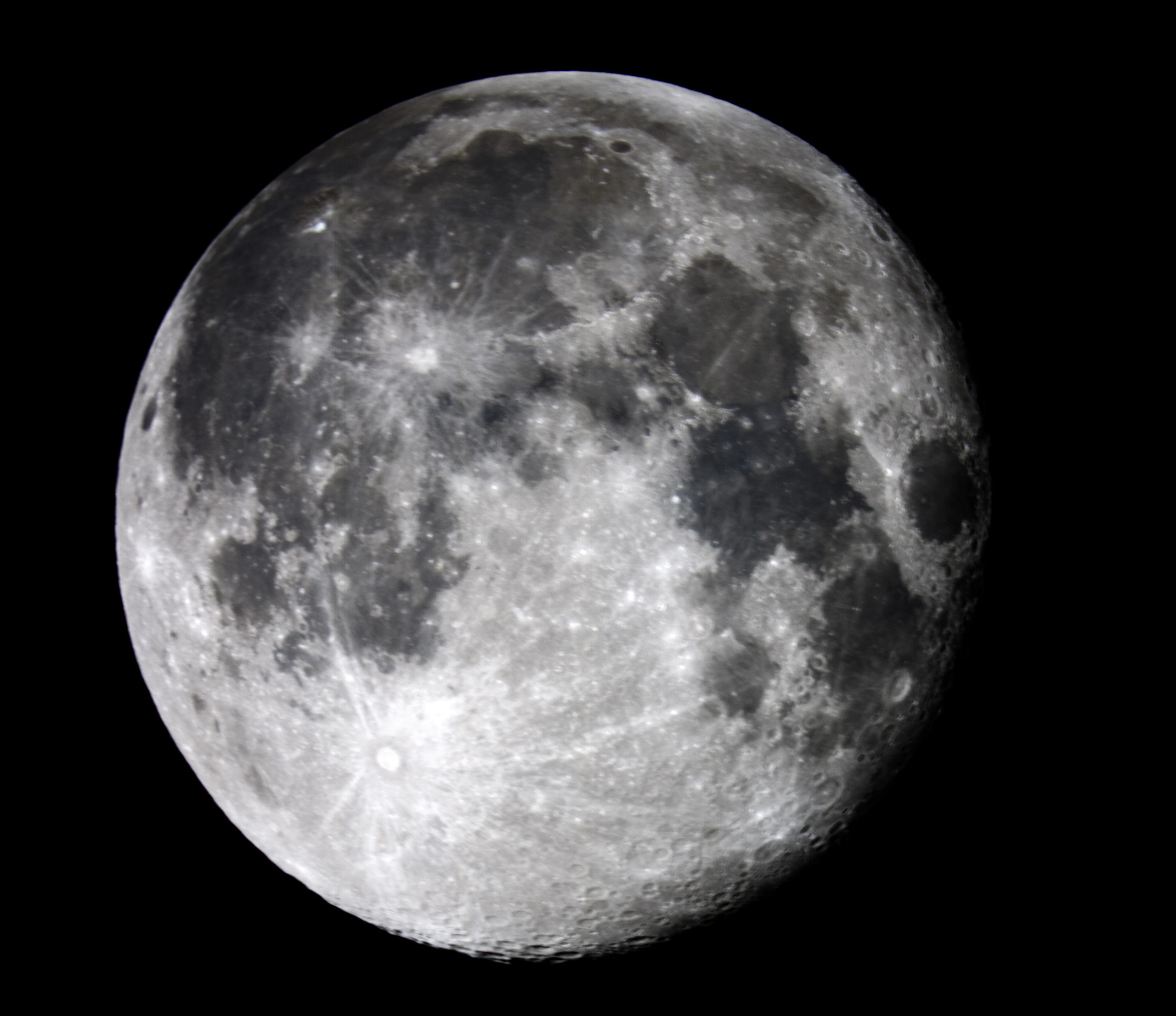
Similar Posts
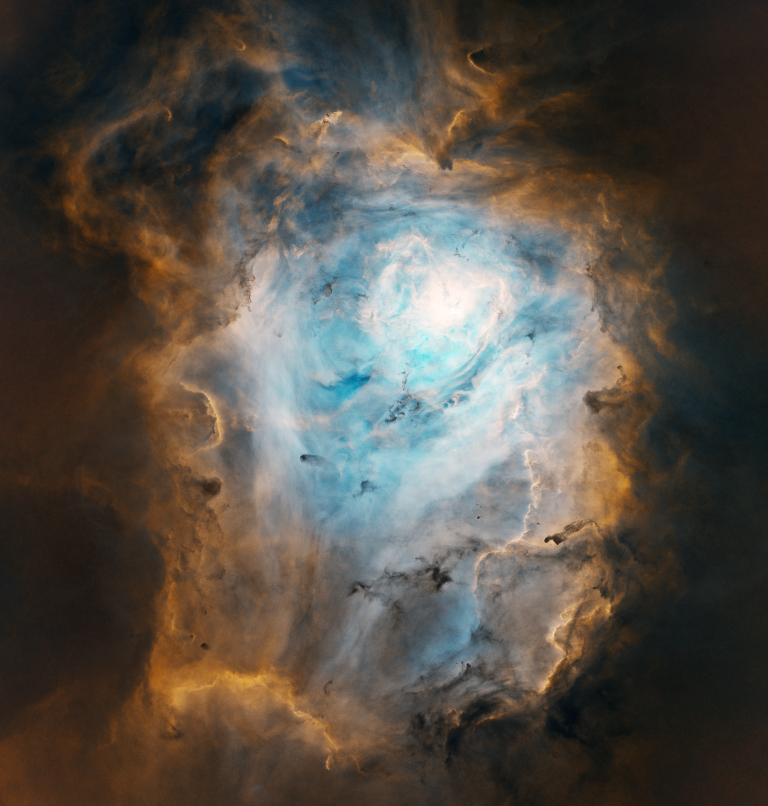
The Lagoon Nebula (M8)
This is a bright, popular nebula deep within the summer Milky Way… but it’s low in the sky, and this is the first time I’ve been able to capture it above the trees. Still, short summer nights and cloudy summer weather present its challenges. Shown processed in the “Hubble palette” and an approximation of its…
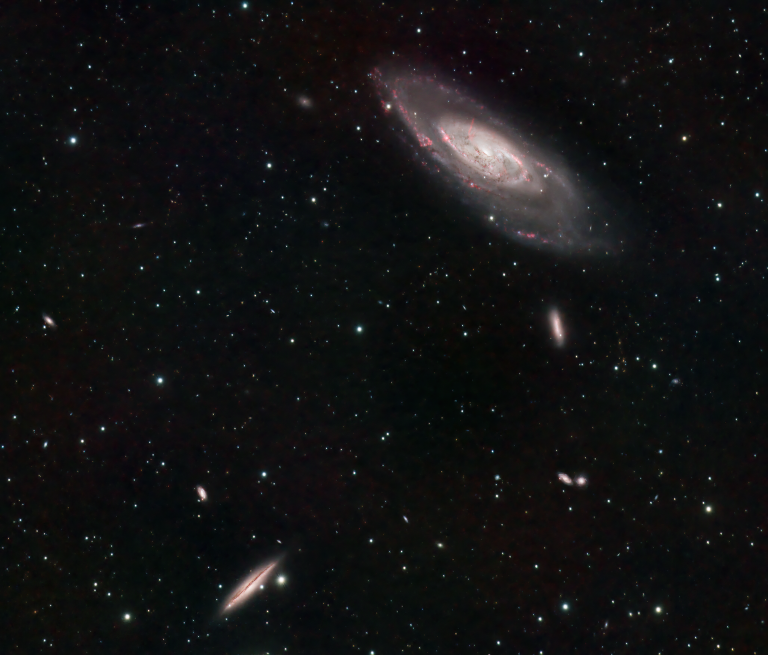
M106 and some of its buddies
The galaxy M106 is an interesting one; it’s large and relatively bright – about the same size as Andromeda. And it’s in a busy part of the sky, within Canes Venatici, with lots of galactic neighbors. This image has been enhanced with Hydrogen emission data; that’s what the red dots and tendrils are. There’s one…
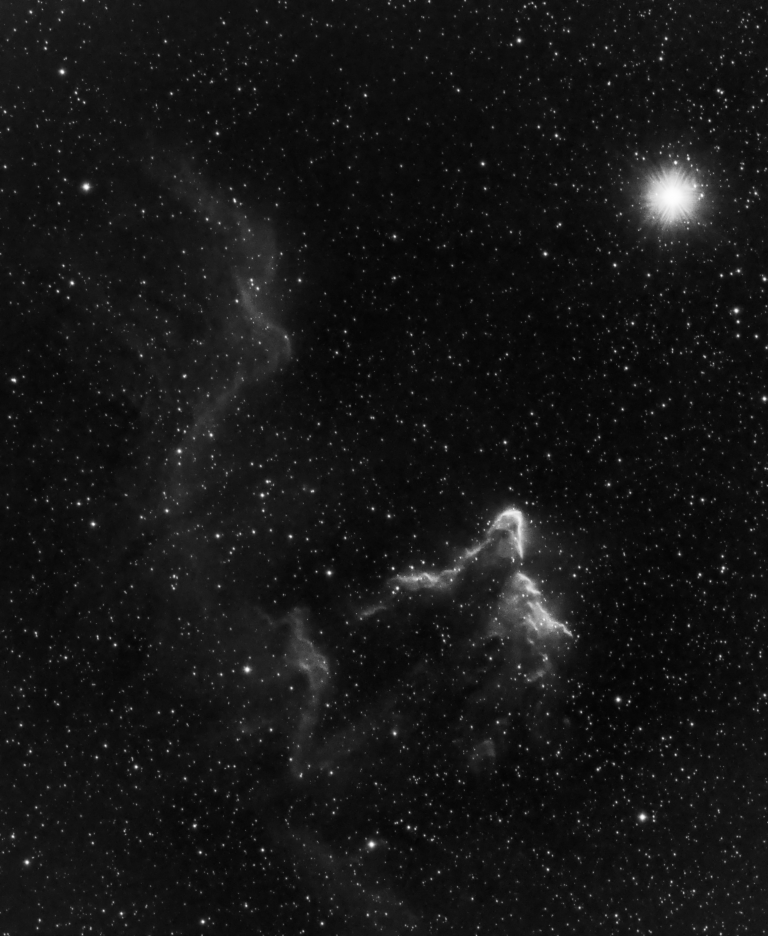
The Ghost of Cassiopeia
It doesn’t take much imagination to see a ghost leaving a trail of ectoplasm in this cloud of Hydrogen gas, lit up by the bright star Navi. To keep with a spooky and ethereal theme, I photographed this object in monochrome using only a Hydrogen-alpha filter.
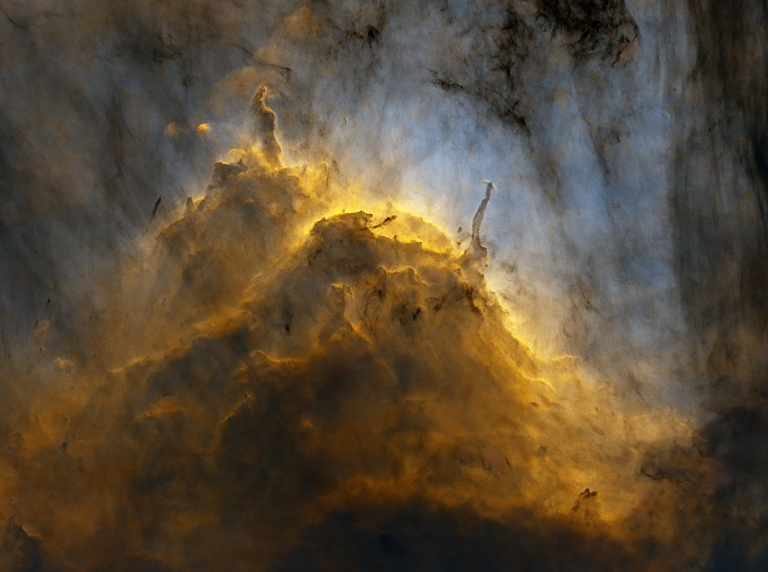
The Pelican Nebula, take 2
Another revisit of an old target, with better gear and better conditions. This is the Pelican Nebula in the constellation Cygnus. Shot in narrowband over one night, and presented in the “Hubble palette”. Two takes – one wider field, and one close-up with the stars removed. In both cases the image is rotated and mirrored…
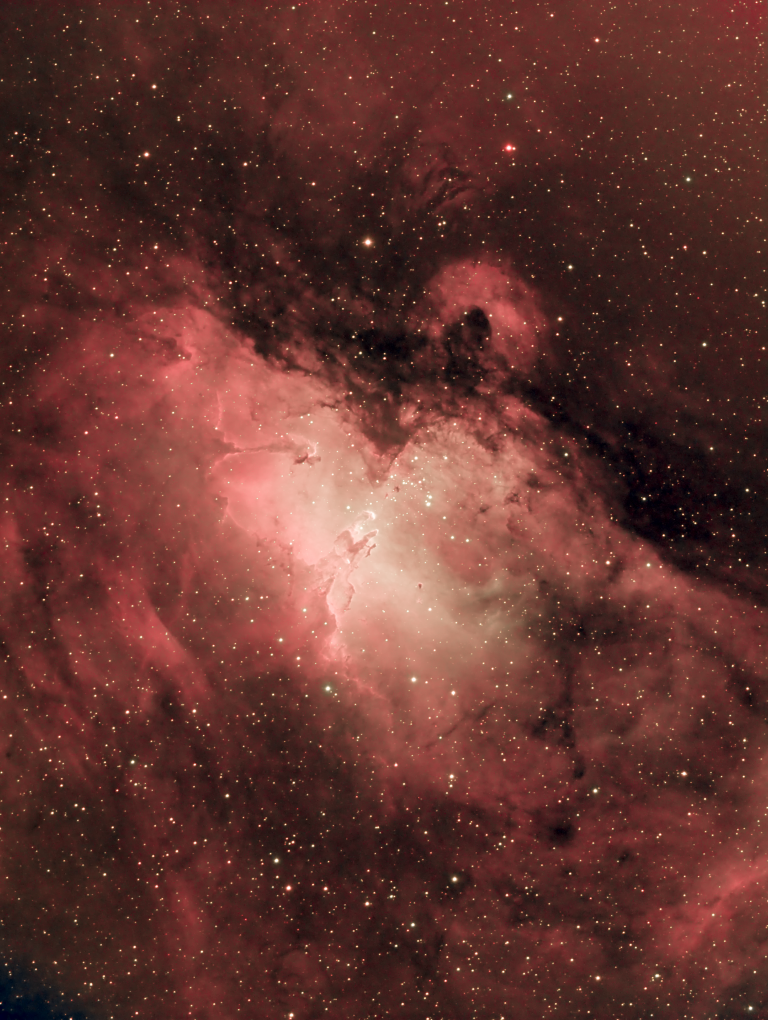
Beating light pollution with a new synthetic RGB algorithm
Imaging deep sky objects from a suburban driveway forces one to find ways to deal with light pollution. Light pollution is the enemy of astronomers – but in reality, there are ways around it. Some of the most beautiful objects in the cosmos are called emission nebula. They are clouds of gas, often where new…
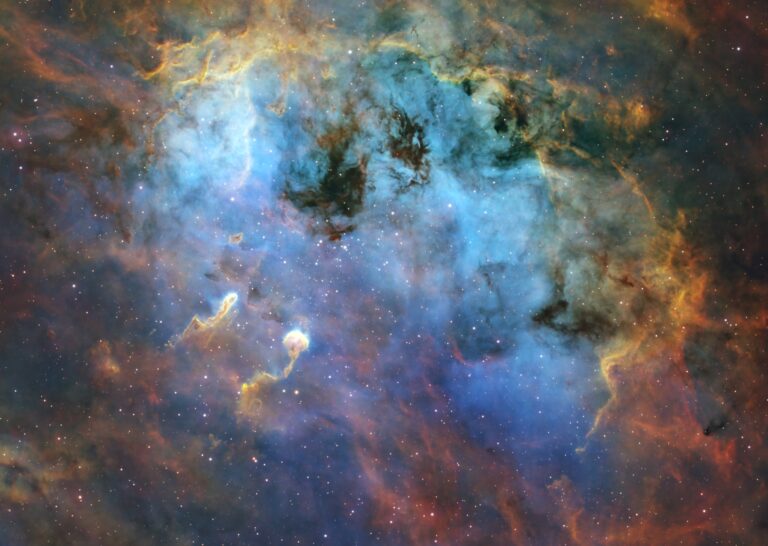
The Tadpoles
Commonly known as the “Tadpoles Nebula” for obvious reasons, this is somehow my first time imaging this one! Shot in narrowband / Hubble palette remotely from Starfront Observatories in Texas. Focusing in on the “Tadpoles” makes for a more interesting image, but here’s the wider field shot it was cropped from, which is also fun…
